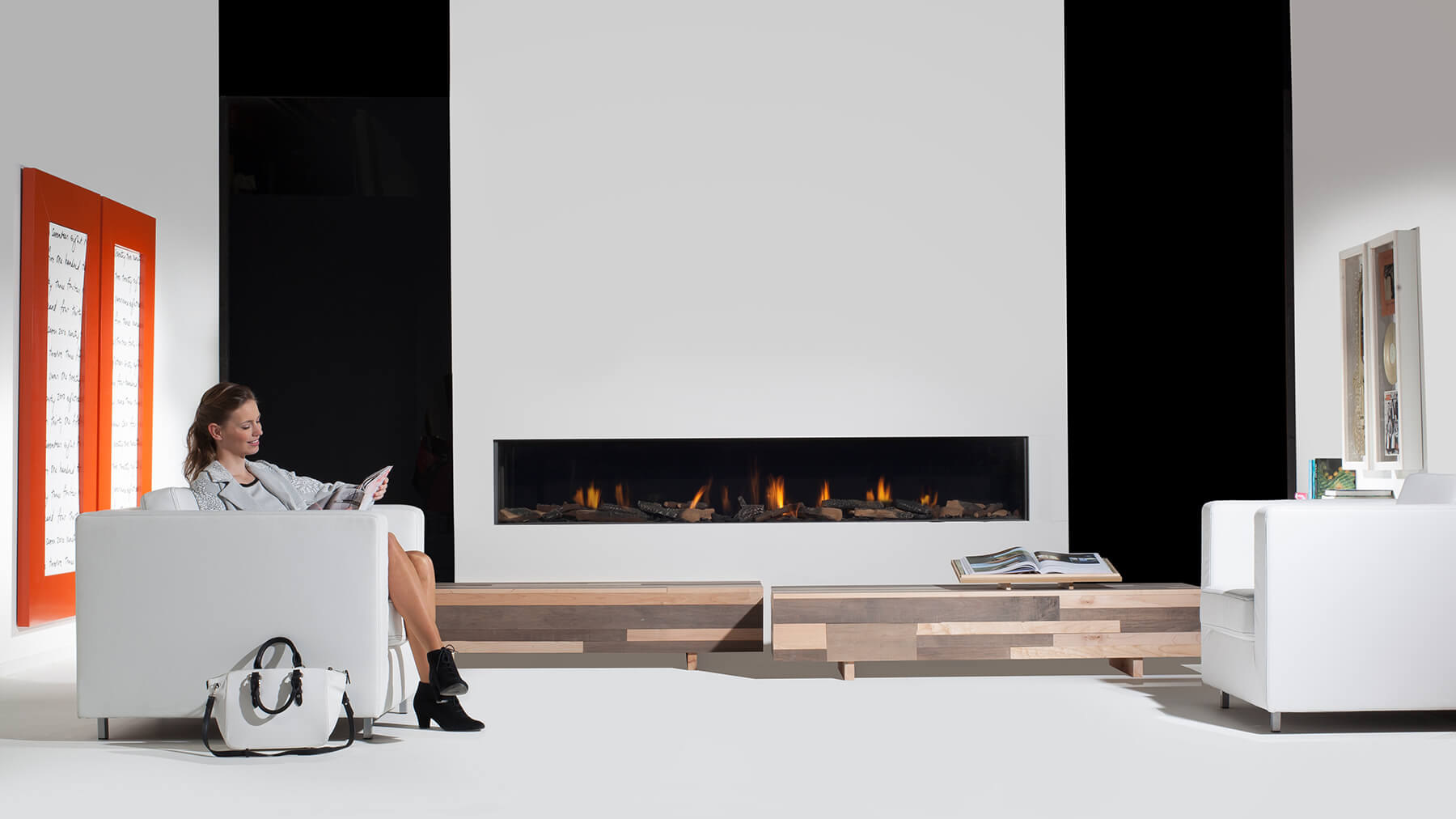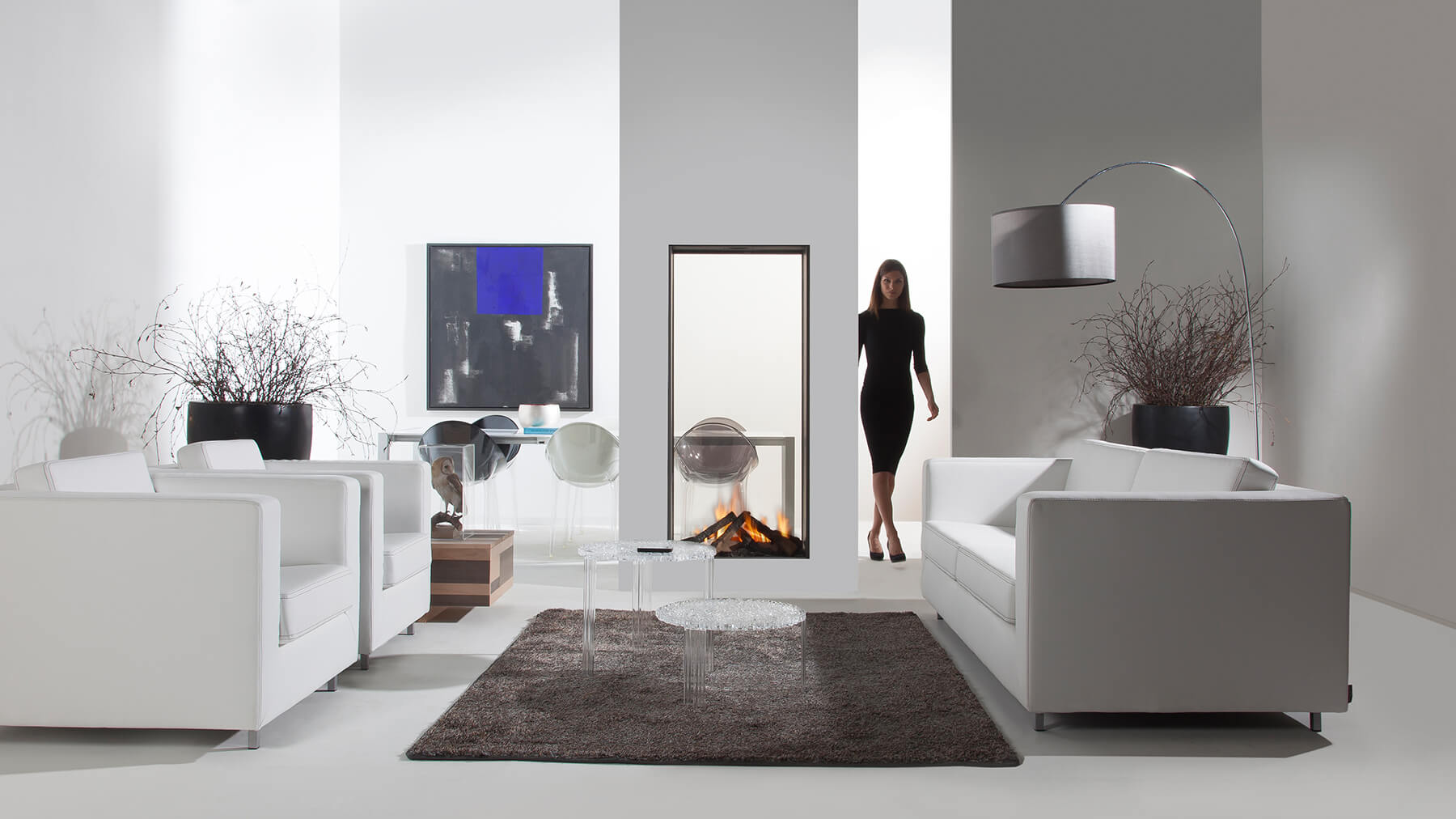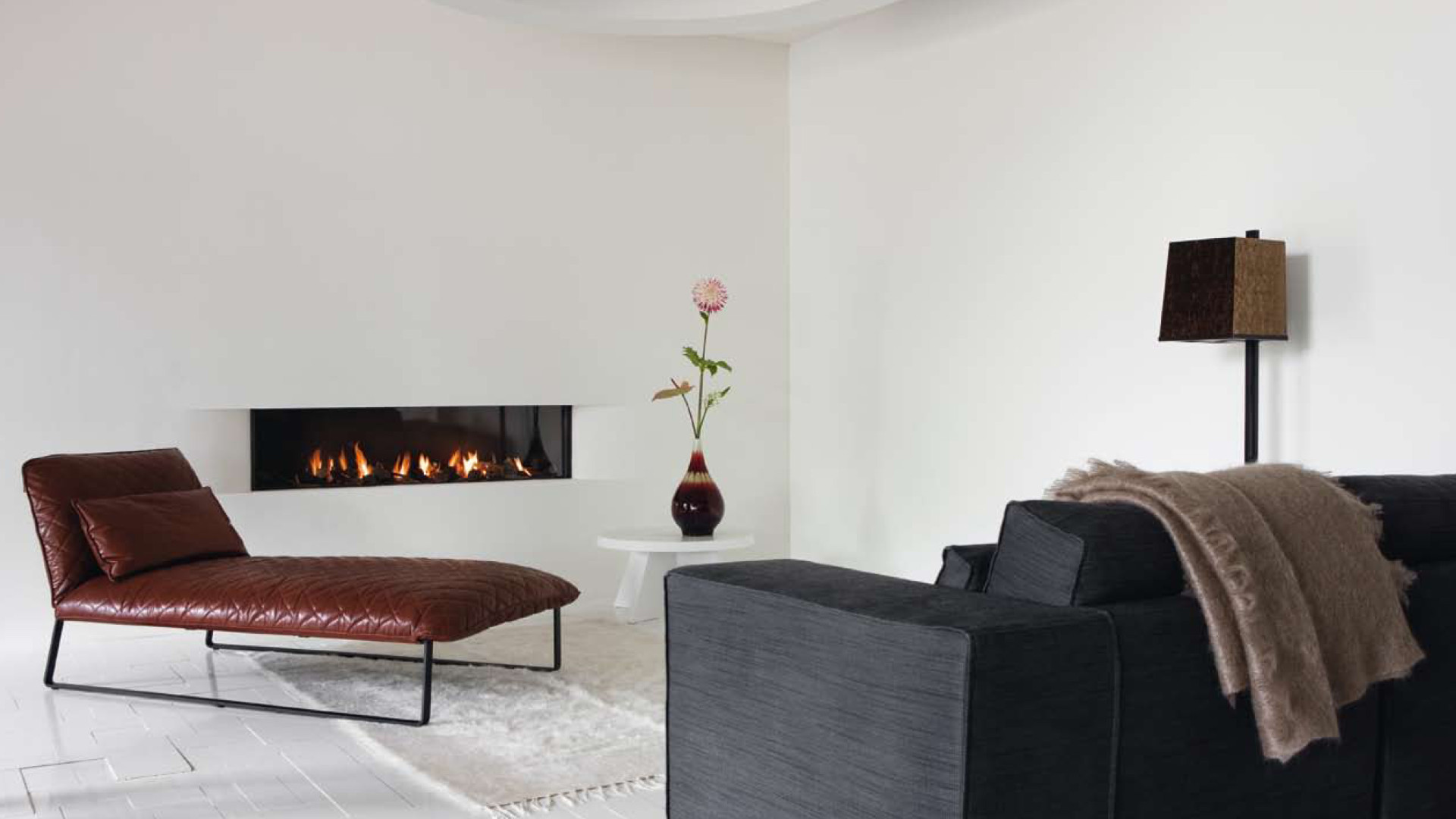Should You Get Ethanol Contemporary Fireplaces for Your Home?

Innovators are seeking new, energy-efficient ways of reducing our carbon footprint yet allowing consumers to enjoy the luxury of their contemporary fireplaces. This is at the heels of the recent rise of climate change and the growing call for environmental protection, as a way of saving the planet.
Two alternatives have gained recent favour with a growing number of consumers, mainly because of their easy installation—gel-fuelled and ethanol fireplaces. So if you’re planning on purchasing one to help save our planet, here’s what you need to know.
Ethanol Fireplace: Defined
It is a stainless steel unit composed of a cowling or cover, a burner tray and a protective screen. Since the combustion by-products of an ethanol unit include steam, heat and carbon dioxide, at least in an ideal setting, these units don’t requires to be vented or a flue.
An ethanol-fuelled unit is a straightforward, simple and versatile fireplace that is ideal for homeowners whose homes lack flues or vents.
Types of Ethanol Contemporary Fireplaces
The basic types of an ethanol-fuelled unit can be divided into 4 categories.

Freestanding. Self-supporting units that can be tabletop or wall-hung
Burners. Most common type, made of stainless steel and is a tray holding the fuel and regulating fire. These can be set in almost any substrate that non-combustible. Types include round, linear and square, although corner options are available to a few manufacturers.
Retrofit units. As their name implies, these have been designed to fit in the opening of any existing fireplace, granted it meets the unit’s clearances.
Inserts. Stainless steel or metal boxes that can be recessed into walls.
The Advantages
- No required venting, minimising loss of interior heat
- Portable, versatile and freestanding
- Easy installation since there’s no need for a flue
- Since there’s no flue, saves interior space
- Cleanly burns
- Easy to operate
- Cleaning is minimal since there are no soot, ash or bulky solid fuel to store
- Low environmental impact
- Uses renewable fuel
- Doesn’t require electricity to operate
- Ideal for both indoor and outdoor use
- Burners can be adjusted
- Some models come with an automatic shut-off feature for safety
The Disadvantages
- Not ideal as main source of heat since has limited BTU output
- Doesn’t have the same ambience as a traditional wood-burning fireplace
- Ventilation system is a requirement since carbon dioxide, water vapour and carbon monoxide need to be exhausted
- Need to be refuelled often because of the limited burning times
- Fuel can be proprietary and a bit expensive, depending on model and manufacturer

The Fuel
These alternative fireplaces are fuelled by either gel alcohol or liquid bioethanol.
Bioethanol. This fuel type is made by fermenting by-products such as grain or sugar cane with yeast. Bioethanol has been considered as the most ecologically friendly and carbon-neutral fuel. It has a minimal carbon footprint.
However, the law requires bioethanol to be “denatured” for consumer use. Additionally, a bittering agent should be added, discouraging ingestion.
A denatured bioethanol technically is dubbed as methylated spirits and often is dispensed in a liquid form. Meanwhile, the gel alcohol is much similar to hand sanitizers or dish warmers, basically isopropyl alcohol.
The Difference
Generally, there 2 main difference between these two fuel types.
Form. The obvious difference is their form. One is liquid that should be carefully handled during re-fuelling.
The other is in gel cartridges, which actually simplify the re-fuelling process. However, they’re designed for single-use only.
Flame. Their second difference is the control of the flame. Gel-fuelled fireplaces are relatively binary—on or off. That’s it.
On the other hand, you can control the flame effect or height of liquid ethanol-fuelled fireplaces since the fuel is poured into the burner. You can do so by dampening the opening of the burner assembly.
Summing up
After seeing the pros and cons of ethanol contemporary fireplaces, should you get one? If you’re keen on helping the planet by reducing your carbon footprint, then go ahead and get an ethanol-fuelled unit for your home.
But first, you have to determine whether your room size meets the minimum of the model you want. Then determine the wall’s clearances and other combustible construction, which are also based on the model you want. So better talk to your dealer to determine the ideal unit for your home.
Bio:
Modus Fireplaces has been in the industry of producing bespoke fireplaces and providing luxury designer fireplaces for homes and hotels in the UK. Together with Europe’s top manufacturers, we are able to provide clients great and unsurpassed collection of unique fireplaces. We know that most of their clients have different needs, which is why we will work on site and directly with them to achieve in creating that impressible fireplace.